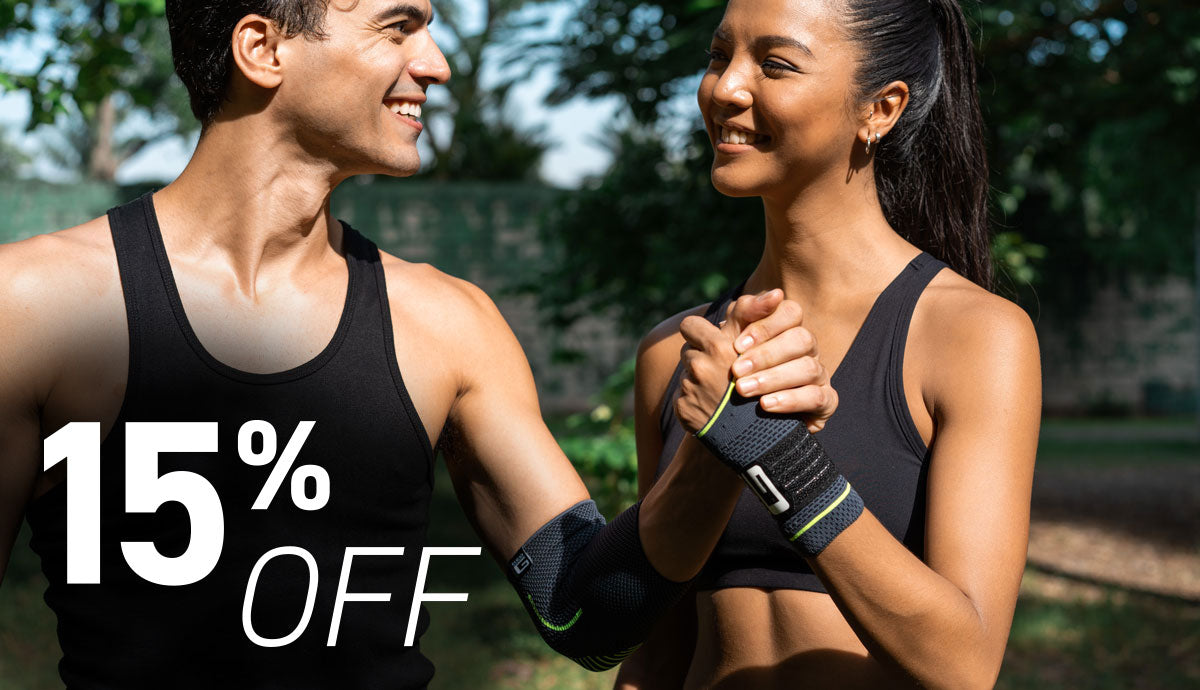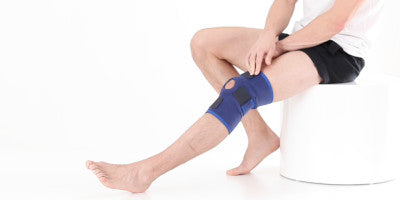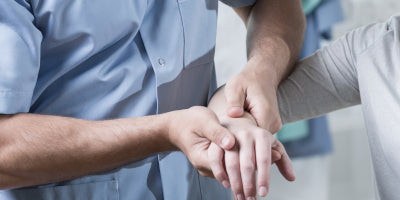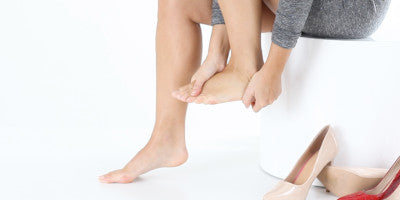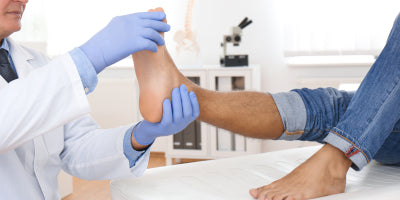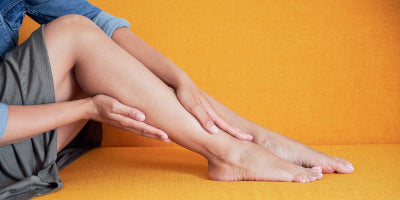Hints and Tips for Injury Recovery

The positive benefits of exercise on your physical and mental wellbeing has been proven for many years. So it can be hugely frustrating if you develop an injury or recurring pain that stops you doing the things you love. It not only prevents you from being active, you may also be losing your fitness benefits gained prior to your injury.
Before we look at recovery, it’s also important to consider why you got injured in the first place, as it maybe something you can change to limit the likelihood of this recurring.
Two Main Common Causes of Injury
Overtraining - When you find something you enjoy it can be all too easy to do too much too soon. Your body needs time to adapt and recover – training too many times a week or in excess puts strain on your body, which can result in injury or muscle fatigue.
Poor technique - Completing any task with incorrect form is a recipe for disaster. Extra load is often placed on the wrong muscles and this results in muscle tears or mild strains.
If you feel it’s one of the above then take a step back and review your regime. Inevitably however, injuries do happen, so if you are injured or recovering from an injury, here are some top tips to help aid recovery.
Hot & cold therapy - pre and post exercise
When returning to exercise it is likely that your muscles and joints will be a little stiff. Using a heat pack alongside a dynamic stretching program will prime your muscles for the activity ahead. After exercising you may find that you have swelling around some of your joints, especially knees and ankles. Using an ice pack alongside compression socks/supports will help to reduce the swelling and rehabilitate the muscles.
Reduce the load on your joints doing lower impact activity
When you do start to exercise again, ensure you start light. It is important to limit the load on your muscles as much as possible – they could be weaker and more at risk of reinjury. One easy way to reduce the impact, especially for lower body activities, is completing the activity in a swimming pool - jogging lengths in the pool is great exercise and is much lower impact on the body than running outdoors. The added benefit of the heat in the pool also helps sooth the muscles. Alternatively adapting your current activity can help, using a recumbent bike rather than a static bike for example, can be more comfortable and gentler on your muscles.
Leave your ego at the door - Form takes priority
Poor technique is one of the biggest causes of injury. Either speak to a professional who can look at your technique or film yourself doing an activity to identify areas that are incorrect. If using free weights then drop down a weight in order to perform the activity correctly - remember one good rep is better than ten poor reps.
Use a support if needed
Supports can help stabilise and protect the area from reinjury so you can get back to activity quicker. They can also prevent re-accruing aches and pains that are common when doing repetitive movements. There are various supports on the market ranging from very mild compression supports through to advanced supports with a variety of stabilising structures. At Neo G we offer a full range of medical grade sports supports and partner with the Chartered Society of Physiotherapy, so feel free visit the Neo G website to see if we can help. Using a support alongside a rehab program is one of the best ways to recover.
Stay Positive
Finally, throughout your recovery try to stay positive, it is just a minor set-back in a lifetime of activity. Set yourself manageable goals of activity and plot these on a visible calendar to celebrate your progression. Staying positive and motivated is key in helping you stay focused and achieve your end recovery goal (see previous blog on How To Stay Positive When Injured for some more hints and tips).
We hope this helps give some guidance and support but we would always recommend seeking professional help if you feel you are continually struggling with any of the areas referenced above.
Good luck with your recovery.
For more information about Neo G orthopaedic and sports supports go to: www.neo-g.co.uk
Alex Clark MCSP
Neo G – In house Physiotherapist
As featured in The Weekend Pages with celebrity health and fitness expert Jillian Michaels


Our VCS range offers varying levels of support from mild to moderate to firm to provide optimum protection and stability. As a one size solution, these supports are fully adjustable to allow for a custom fit. In addition to this, the heat therapeutic neoprene helps to warm muscles and joints during exercise and rehabilitation, making the VCS range perfect for supporting instability during weights and gym training, as well as helping strains, sprains and weak, arthritic joints.

For support in everyday activities, the Airflow and Airflow+ ranges offer lightweight, slimline supports that protect and reduce the impact on joints and muscles. Perfect for taking a walk, playing sport or support with day to day strain.

If its rest and recovery you need, our hot and cold therapy range offers just that. While heat therapy helps to target muscle and joint pain by relaxing muscles and improving blood flow, cold therapy works to tackle muscle swelling, soothing aches and pains.
Read more in our full Hot & Cold Therapy post.
